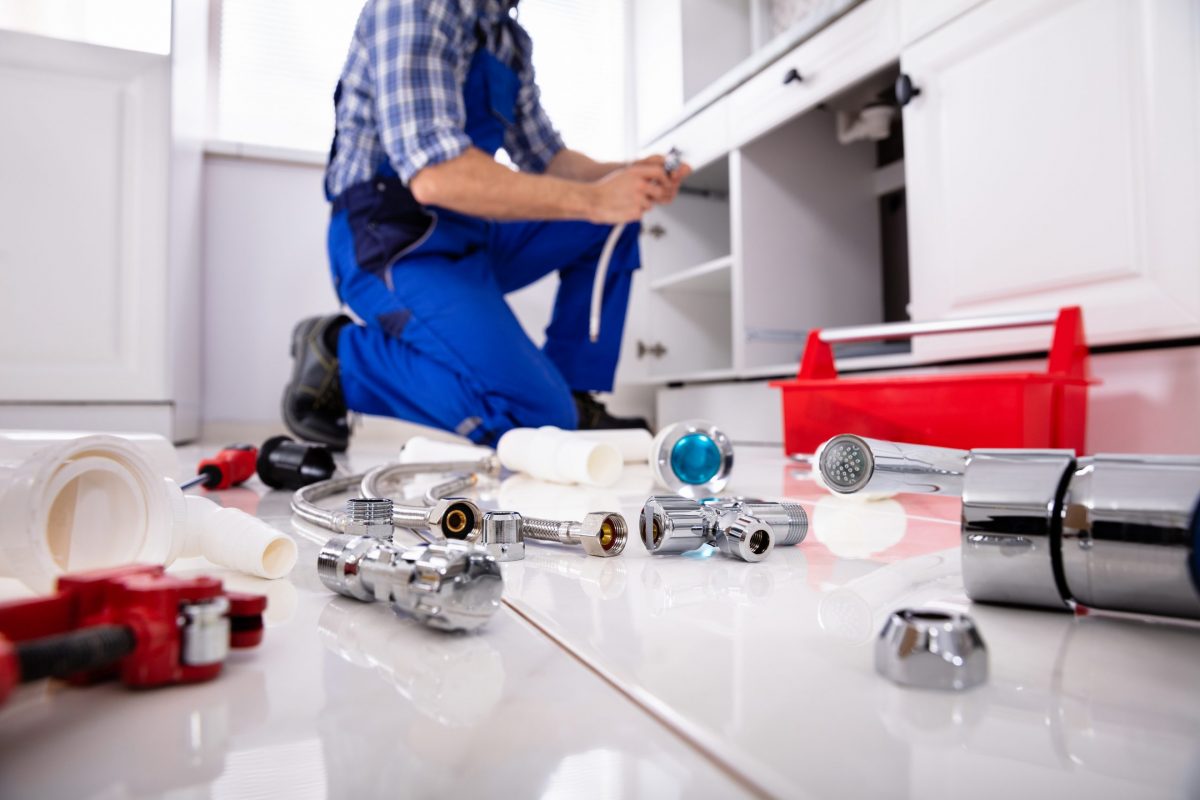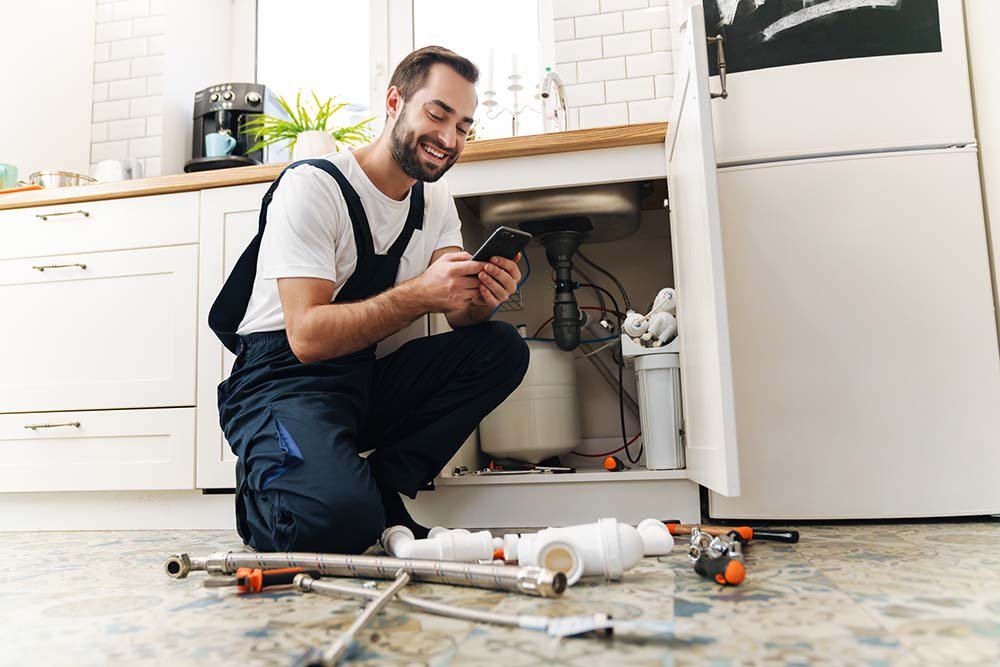Determining Between DIY Plumbing and Qualified Services: How to Consider
Determining Between DIY Plumbing and Qualified Services: How to Consider
Blog Article
Are you trying to find information on When to Call a Plumber? DIY or Professional Help?

Introduction
Plumbing problems can vary from small aggravations to significant frustrations, usually motivating home owners to make a decision in between dealing with the problem themselves or employing a specialist plumbing. Recognizing when to do it yourself and when to look for expert aid can conserve time, money, and avoid possible catastrophes. This article explores the factors to consider when making this vital choice.
Benefits of DIY Pipes
Taking on pipes jobs on your own can be satisfying in a number of ways, specifically for simpler tasks.
Cost Financial savings
DIY pipes projects frequently save money by avoiding expert service charge. Tasks like repairing small leaks, replacing faucets, or mounting brand-new showerheads are examples where home owners can manage repairs without employing a plumbing professional.
Skill Improvement
Participating in DIY pipes uses an opportunity to discover and enhance functional skills. Basic tasks empower homeowners to recognize their pipes systems better and gain confidence in managing tiny repair work separately.
Risks of DIY Pipes
While do it yourself jobs offer advantages, certain risks must be thoroughly taken into consideration prior to attempting repair services.
Complexity of Jobs
Some pipes issues require specific expertise and tools beyond regular property owner abilities. Mishandling intricate troubles can lead to additional damages and costly repairs.
Security Concerns
Working with plumbing systems entails risks such as direct exposure to water damage, capacity for electrical hazards, and dealing with devices improperly. Security precautions must be observed to avoid mishaps and ensure efficient fixings.
Indicators to Call a Specialist Plumbing Professional
Acknowledging when a plumbing issue goes beyond DIY capacities is crucial to stop aggravating issues.
Signs of Complicated Problems
Instances include:
Trigger professional treatment is essential to address these issues effectively and minimize damage.
Do It Yourself Pipes Tips
For successful do it yourself plumbing, it's important to be prepared with the right devices and adhere to correct treatments.
Standard Tools and Products
Key tools for DIY pipes:
Step-by-Step Guides
Clear instructions make certain safe and efficient DIY repair work:
Picking the Right Time to Do It Yourself
Establishing when to deal with plumbing jobs yourself needs examining both the complexity of the issue and personal convenience levels.
Evaluation Checklist
Consider:
When to Most Definitely Call a Specialist
Specific circumstances demand prompt skilled attention to avoid comprehensive damages or security dangers.
Instances include:
Searching for and Hiring a Professional Plumbing
Picking a qualified plumber ensures trustworthy solution and peace of mind in solving pipes concerns.
Criteria for Option
Variables to take into consideration:
Expense Evaluation: do it yourself vs. Expert Solutions
Comparing the financial implications of do it yourself initiatives versus professional pipes services assists in making notified decisions.
Financial Considerations
Evaluate:
Conclusion
Determining whether to DIY or call an expert plumbing technician rests on recognizing the intricacy of pipes problems and personal capacities. By considering the advantages and risks, homeowners can make educated choices that promote effective upkeep and guard their homes from pipes catastrophes.
DIY Plumbing Projects: What Homeowners Can Do and When to Call a Professional
Welcome to our comprehensive guide on DIY plumbing projects. In this blog post, we aim to empower homeowners with the knowledge and skills to tackle basic plumbing tasks around the house. From unclogging drains to fixing a leaky faucet, we’ll walk you through step-by-step instructions on how to handle these common issues.
However, not all plumbing problems can or should be solved with a DIY approach. Recognizing when a problem is beyond your skill level and requires professional intervention is just as important as knowing how to perform basic tasks. We’ll also discuss the signs that indicate it’s time to put down your tools and pick up the phone to call a professional plumber. By understanding when to DIY and when to call a professional, you can save time, avoid potential disasters, and ensure your home’s plumbing system remains in top shape.
Understanding Plumbing Basics
Before we dive into the DIY projects, let’s take a moment to understand the basics of your home’s plumbing system. A typical residential plumbing system consists of two major components: the water supply system, which brings fresh water into your home, and the drainage system, which removes waste water. These systems are made up of a network of pipes, valves, and fixtures that work together to deliver clean water and dispose of waste efficiently.
Regular maintenance of your plumbing system is crucial to prevent minor issues from escalating into major problems. This includes tasks like checking for leaks, removing minor clogs, and ensuring your pipes are insulated for winter. By performing these tasks regularly, you can extend the lifespan of your plumbing system, save money on water bills, and maintain the comfort and hygiene of your home.
In the following sections, we’ll explore some common DIY plumbing projects that homeowners can handle, as well as situations that require the expertise of a professional plumber. Whether you’re a seasoned DIY enthusiast or a beginner, this guide will provide you with valuable insights into the world of home plumbing.
DIY Plumbing Projects Homeowners Can Handle
Plumbing may seem intimidating, but there are several tasks that homeowners can confidently tackle with a little guidance and the right tools. Here are a few common issues you might encounter and how to address them.
Unclogging Drains
Use a Plunger: This is your first line of defense. A good old-fashioned plunger can dislodge the obstruction and clear the drain in many cases. Try a Plumber’s Snake or Hand Auger: If the plunger doesn’t work, a plumber’s snake or hand auger can reach deeper into the pipe to break up the clog. Use a Drain Cleaner: If physical methods fail, a chemical drain cleaner can dissolve the clog. However, use these products sparingly as they can damage your pipes if overused.

We hope you liked our article about DIY vs. Professional Plumbing Repairs: When to Call a Pro. Thank you for spending some time to read our post. So long as you enjoyed our blog posting please make sure you remember to pass it around. I praise you for your time. Come back soon.
Try Here Report this page